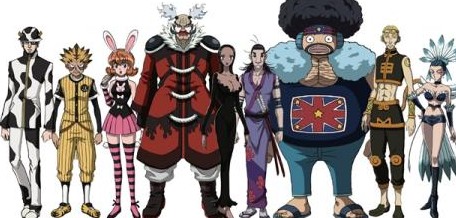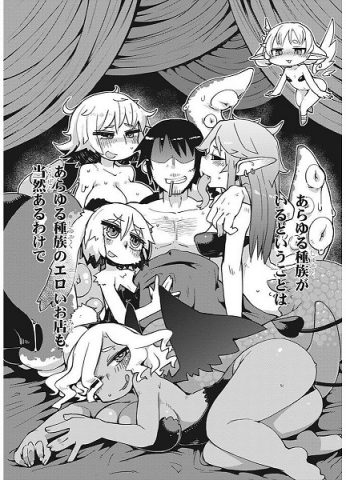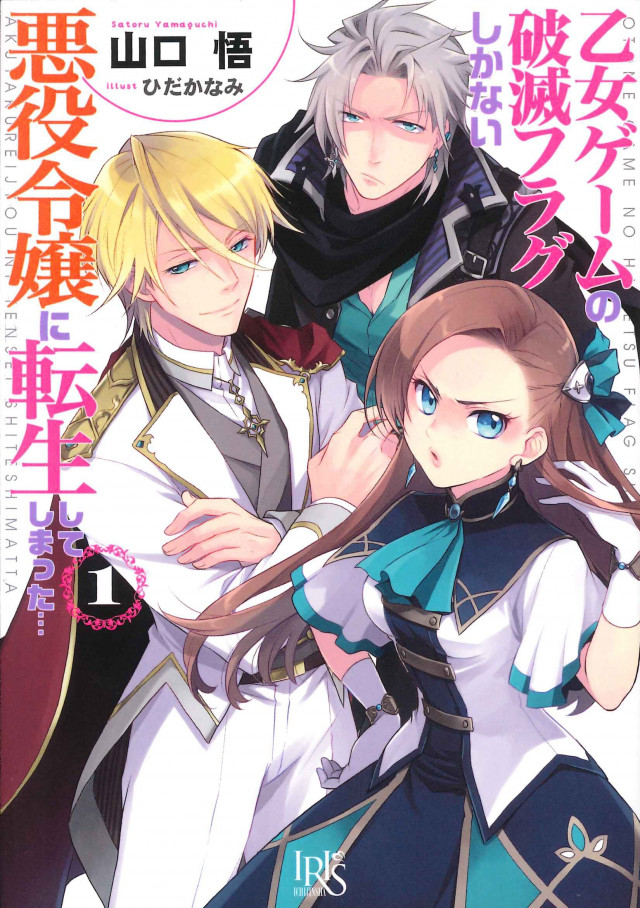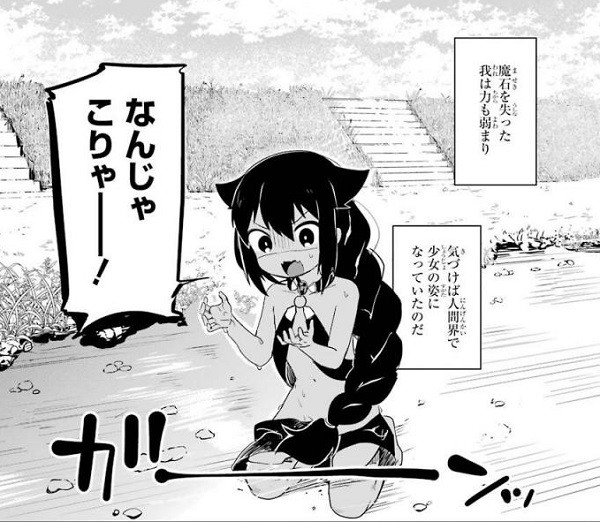I have written many articles about "Attack on Titan" so far, but this time, instead of delving into the settings of the "Attack on Titan" manga as I have done in the past, I would like to provide a more detailed and maniacal analysis and explanation. Although Attack on Titan is based on a manga, there are many parts where its expressive techniques seem to have been heavily influenced by special effects works, especially Godzilla. Therefore, this time I would like to analyze Attack on Titan from the perspective of monster special effects movies. Rather than focusing only on the settings in the manga, I would like to incorporate Attack on Titan into the history of special effects works and think about the larger theme of "Attack on Titan" in the history of special effects works. The content is a bit hard, but if you watch this, "Attack on Titan The Final Season" starting in October will be even more interesting! ! I hope you will read it because it is what I am saying.
Attack on Titan from the perspective of special effects history
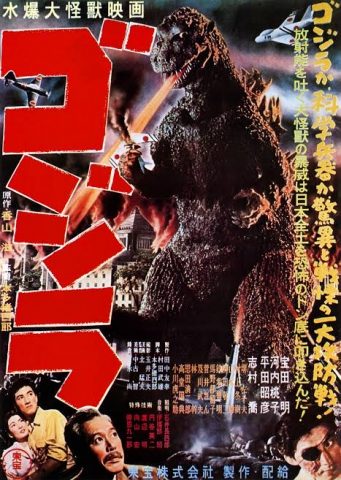
Films featuring giant creatures have developed rapidly since the 1954 release of "Godzilla" during the monster boom. Naturally, "Attack on Titan" also inherits the special effects DNA cultivated from the history of these monster movies. By analyzing the history of this special effects film history in detail, we will be able to see how "Attack on Titan" has evolved as a visual expression and how amazing it is. For more information on the history of special effects, we have referred to the commentary of critic Toshio Okada, so please check it out.
The appearance of Godzilla and its shortcomings
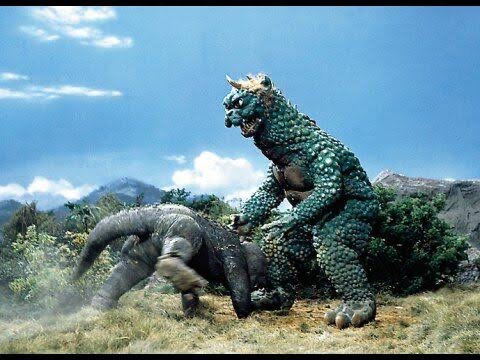
The monster movie genre, led by Godzilla released in 1954, has rapidly grown into an unprecedented blockbuster genre by realistically depicting the unrealistic depiction of giant creatures rampaging through towns using a variety of advanced technologies. However, at the same time, this monster movie had one major drawback as a visual expression. That is, it is difficult to grapple with the monsters!! Anyone who has seen any monster movies will understand, but unfortunately, since they are monsters, they have very few means of attack in battle. They couldn't show acrobatic moves like grappling with each other like dolls or kicking from the air, and could only do rather lame things like spitting fire or throwing stones from a distance. To top it off, partway through the film, the monsters started to have abnormally long arms, and monster movies began to use obviously impossible moves like throwing something over their shoulder. The scene where the monster throws something over their shoulder is a far-fetched scene, and it's so funny to watch that it will make you laugh, making it a slightly comical(?) movie, so if you're interested, please give it a watch.
The decline of monster movies and Attack on Titan
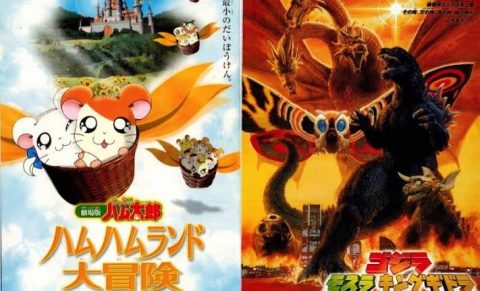
Well, with such a drawback, the appearance of Kamen Rider, who is capable of acrobatic movements, in 1971, monster movies led by Godzilla were on the verge of extinction. Of course, the Godzilla series continued to be made, but it was no longer shown openly on the front stage as it had been in the past. For a while, it was hit by the tragedy of being shown at the same time as "Tottoko Hamtaro". Will we never be able to see giant creature battles again? Will Attack on Titan be dethroned by life-sized special effects works like Kamen Rider? This work was created in despair.
Attack on Titan's great invention "3D Maneuver Gear"
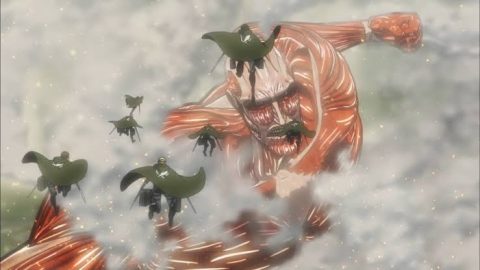
What exactly is it about Attack on Titan that makes it different and superior to monster movies? I believe that the reason Attack on Titan surpasses monster movies is because of Attack on Titan's greatest invention, the 3D Maneuver Gear. Conventional monster battles lacked acrobatic effects and did not resonate with discerning audiences, but by showing life-sized characters equipped with 3D Maneuvering Gears acrobatically mowing down enemy titans, it seems that this film succeeded in breaking away from the stale visual expression of previous monster films. If Attack on Titan was just a film about giants fighting each other, it would have been a repeat of previous monster films. I think the fun of the battle scenes in Attack on Titan comes from the great inventions that were devised by the author's careful research into the history of traditional special effects.
A thorough explanation of the special effects DNA and "great inventions" that run through Attack on Titan
What did you think? Attack on Titan is influenced by many other genres of works, and by developing them further within the work Attack on Titan, it presents readers with new expressions. This time, we took into account the influence of special effects in our analysis, but isn't it correct to consider the influence of various works and the themes that the author is dealing with, without getting too hung up on the settings within a single work? Why not watch "Attack on Titan The Final Season," which begins in October, while exploring the influences and thematic similarities with many other works? If you come up with your own theories while doing so, I'm sure you'll have even more fun watching "Attack on Titan"!!

